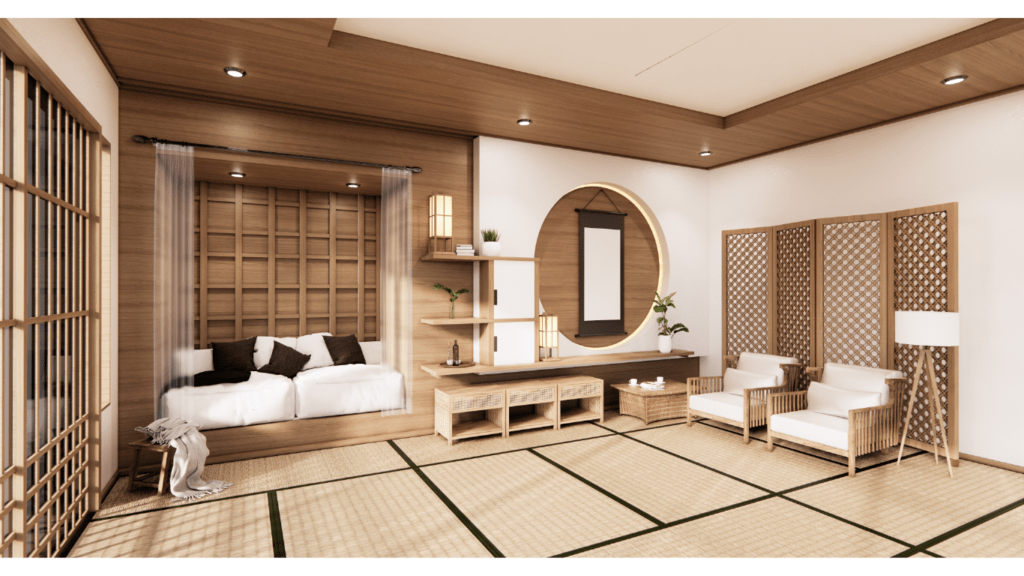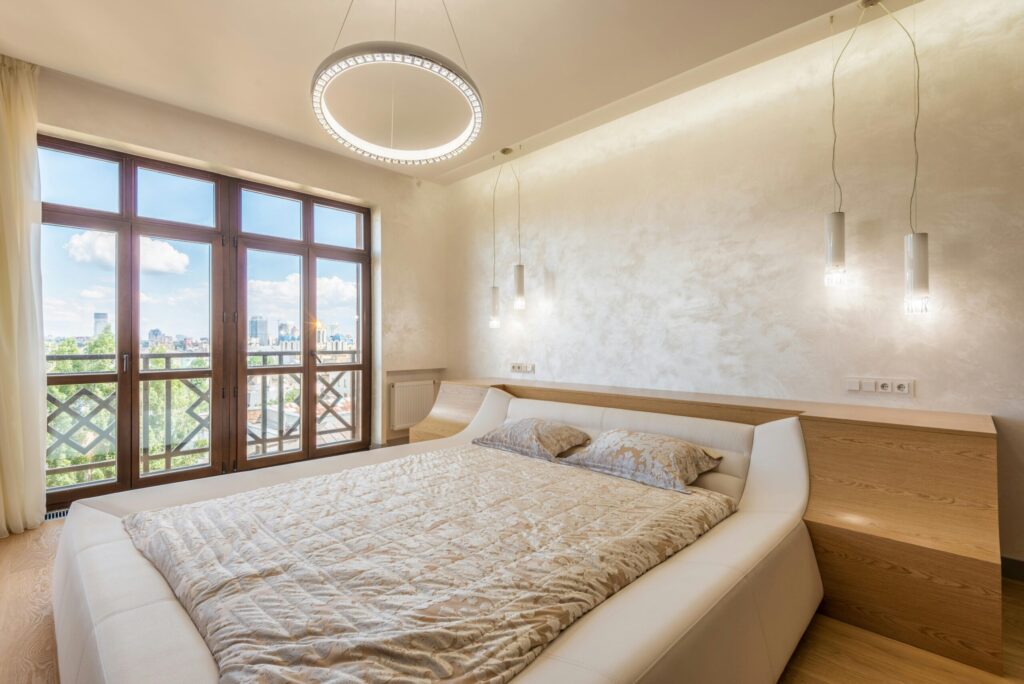Understanding Sustainable Style in Home Decor
The Importance of Eco-Friendly Practices
In sustainable style home decor, it’s crucial to prioritize eco-friendly practices to minimize environmental impact. Choosing to use recycled materials, opting for energy-efficient appliances, and incorporating natural elements like plants not only enhances the aesthetics of your home but also helps reduce your carbon footprint. By embracing eco-friendly practices, we can contribute to a healthier planet for future generations.
Principles of Sustainable Design
Sustainable design in home decor revolves around the principles of using renewable resources, reducing waste, and creating a healthy indoor environment. By selecting furniture made from sustainable materials such as bamboo or reclaimed wood, embracing minimalist design to reduce clutter, and opting for non-toxic paints and finishes, we can create a space that is both visually appealing and environmentally conscious. In sustainable design, quality often outweighs quantity, focusing on long-lasting, timeless pieces that stand the test of time.
Starting with the Basics: Eco-Friendly Materials
- When it comes to creating a sustainable and eco-friendly home decor, choosing the right materials is key. Let’s dive into some essential aspects that can help you make environmentally conscious decisions for your living space.
Choosing Sustainable Woods and Fabrics
- One of the fundamental steps in eco-friendly decor is opting for sustainable woods and fabrics. By selecting woods that are certified by organizations like the Forest Stewardship Council (FSC), you ensure that they come from responsibly managed forests. These woods are harvested in a way that promotes forest health and biodiversity. Likewise, when it comes to fabrics, look for organic cotton, linen, hemp, or bamboo, as these materials have a lower environmental impact compared to conventional ones. These sustainable options not only add a touch of nature to your home but also contribute to a greener planet.
The Role of Recycled and Upcycled Materials
- 1. Incorporating recycled and upcycled materials in your decor not only adds a unique touch but also contributes to reducing waste and conserving resources. Consider using reclaimed wood for furniture or decor elements, repurposing old fabrics for upholstery, or upcycling glass jars into decorative pieces. By giving new life to discarded materials, you not only add character to your home but also minimize your environmental footprint. Embracing the beauty of recycled and upcycled materials is a creative way to showcase your commitment to sustainability in your decor choices.
Sustainable Decor Tips for Each Room
1. Green Living Room Ideas
In the living room, I focus on incorporating sustainable decor elements like reclaimed wood furniture and organic cotton upholstery. Opting for furniture made from reclaimed wood not only adds a unique touch to the space but also minimizes the demand for new timber, thus conserving forests. Choosing organic cotton for upholstery reduces the use of harmful chemicals typically found in conventional fabrics, promoting a healthier indoor environment. By introducing indoor plants as natural decor accents, I enhance air quality and bring a touch of nature indoors. So, what are you waiting for? Go for sydney indoor plant hire today and get the best quality indoor plants.
2. Eco-Friendly Kitchen Upgrades
When it comes to the kitchen, I prioritize eco-friendly upgrades such as installing energy-efficient appliances and using recycled glass for countertops. Energy-efficient appliances consume less electricity, reducing energy bills and minimizing environmental impact. Opting for recycled glass countertops not only adds a stylish element to the kitchen but also diverts glass waste from landfills. Additionally, I explore the option of using bamboo or cork flooring, sustainable materials that are durable and renewable, adding a touch of sophistication to the kitchen space.
3. Bedroom Decor for Sustainability
In the bedroom, my focus shifts towards sustainable decor choices like organic bedding made from materials like linen or hemp. Organic bedding ensures a chemical-free sleeping environment, promoting better health and well-being. I also emphasize the importance of choosing LED lighting fixtures to reduce energy consumption and enhance the ambiance of the room. By incorporating vintage or upcycled furniture pieces, I add a touch of character to the bedroom while minimizing waste and supporting a circular economy.
4. Bathroom Decor with a Conscience
When designing the bathroom, I opt for water-saving fixtures such as low-flow showerheads and dual-flush toilets to reduce water consumption. Water-saving fixtures help conserve water resources and lower monthly utility bills. I also prioritize using natural cleaning products to maintain a healthy, toxin-free environment in the bathroom. Incorporating elements like reclaimed wood vanities or recycled glass tiles adds a sustainable touch to the space while reducing the carbon footprint of the bathroom decor.
The Impact of Sustainable Furnishings
How Furniture Choices Affect the Environment
When considering furniture choices, it’s crucial to understand the impact they have on the environment. Opting for sustainably sourced materials such as reclaimed wood or bamboo can significantly reduce deforestation and minimize carbon footprint. By choosing furniture made from recycled materials, we can contribute to resource conservation and waste reduction.
Finding Ethically Sourced Home Goods
Finding ethically sourced home goods is essential for promoting sustainability in interior decor. Look for certifications like Forest Stewardship Council (FSC) for wood products or Global Organic Textile Standard (GOTS) for fabrics to ensure that the items are ecologically responsible. By supporting brands that prioritize ethical sourcing practices, we can encourage a more environmentally conscious approach to decorating our homes.
DIY Decor: Crafting a Greener Space

Reclaiming and Repurposing Items
When it comes to creating a greener home, one of the most sustainable approaches is to reclaim and repurpose items. I’ve found that upcycling old furniture or decor pieces not only adds a unique touch to your space but also reduces waste. By giving new life to existing items, you can lower your environmental impact and showcase your creativity.
Consider transforming an old wooden ladder into a trendy bookshelf or using mason jars as stylish storage containers. These simple yet effective DIY projects can make a significant difference in promoting sustainability in your home decor.
DIY Projects for Eco-Friendly Functionality
Engaging in do-it-yourself (DIY) projects for eco-friendly functionality is a rewarding way to enhance your living space while being environmentally conscious. I’ve explored various projects that offer both practicality and sustainability, such as creating homemade natural cleaning products and crafting planters from recycled materials.
By making your cleaning solutions with ingredients like vinegar and baking soda, you can reduce the use of harmful chemicals in your home. Additionally, repurposing old containers into plant pots not only adds greenery to your decor but also reduces plastic waste.
Embracing DIY projects for eco-friendly functionality allows you to personalize your home while contributing to a greener environment. By incorporating these projects into your decor routine, you can make a positive impact on sustainability and showcase your commitment to a eco-friendly lifestyle.
Innovative Brands and Designers in Sustainable Home Decor
Spotlight on Eco-Conscious Companies
Exploring eco-conscious companies in the realm of sustainable home decor unveils a landscape of innovative design and ethical practices. Companies like “EcoLuxury Home” focus on creating luxurious home furnishings using only reclaimed materials, minimizing environmental impact while maximizing style. “GreenLiving Designs” stands out for its commitment to sustainable sourcing, offering a range of products crafted from organic and natural materials, from bedding to décor items. These companies exemplify how style and sustainability can harmoniously coexist in the world of home décor.
Emerging Trends in Green Interior Design
Green interior design is witnessing a surge in popularity as more people seek environmentally friendly options for their homes. One emerging trend is the use of biophilic design, which integrates nature into indoor spaces through the incorporation of natural elements like plants and natural light. Another avant-garde trend is the rise of modular and multifunctional furniture, promoting versatility and sustainability in home decor. By embracing these trends, individuals can not only enhance the aesthetic appeal of their living spaces but also contribute to a greener, more eco-conscious future.
Making a Difference: Small Changes, Big Impact
Energy-Efficient Lighting and Accessories
Switching to energy-efficient lighting options like LED bulbs is a simple yet effective way to reduce energy consumption in your home. By replacing traditional incandescent bulbs, you can save up to 75% on lighting costs while also lowering your carbon footprint. Opt for smart lighting systems that allow you to control brightness and timing, ensuring energy is utilized only when needed. Incorporate solar-powered outdoor lights to illuminate your garden or pathways, further enhancing sustainability.
When it comes to accessories, choose items that serve dual purposes, such as a decorative bowl that also acts as a fruit basket or a storage ottoman that also serves as a seating option. This not only reduces the need for excess clutter but also promotes a minimalist and eco-friendly lifestyle. Look for accessories made from recycled materials or sustainable resources like bamboo or cork to add a touch of style to your home while supporting environmentally conscious practices.
Incorporating Plants for Improved Air Quality
Introducing indoor plants not only enhances the aesthetic appeal of your home but also provides a natural way to improve air quality. Plants such as spider plants, aloe vera, and peace lilies are known for their air-purifying properties, helping to remove toxins and volatile organic compounds (VOCs) from the air. Place them strategically in different rooms to benefit from their air-cleaning abilities.
Furthermore, creating a green wall or installing vertical planters can maximize space utilization while adding a refreshing touch of nature to your living environment. Vertical gardens not only improve indoor air quality but also contribute to a sense of well-being and tranquility. Additionally, consider incorporating herbs like mint, basil, or rosemary into your kitchen decor, providing fresh ingredients for cooking while enhancing the air quality in your cooking space.



